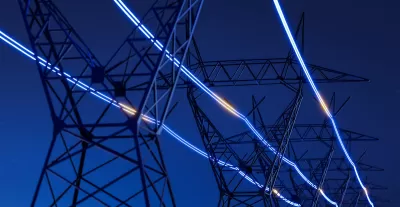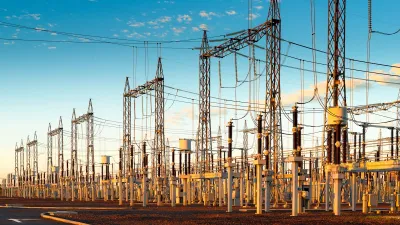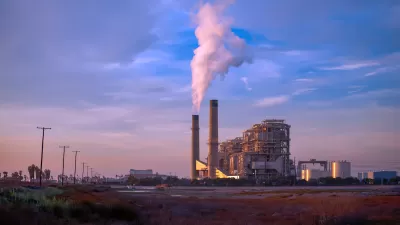How policy can support ‘efficiency-forward’ approaches to AI growth.

In an article for Fast Company, Moshe Tanach argues that “the Federal Aid Highway Act provides a valuable lesson for one of the biggest issues facing the tech industry today: How will we produce enough power to support the growing number of AI-focused data centers?”
As Tanach explains, the computational power needed to power the rise of AI doubles roughly every 100 days, calling for a strategy for addressing these growing energy needs.
This is where the highway model comes into play. We could choose to find ways to supply more energy to power AI (build more highways), or we could discover how to lower AI energy costs (invest in high-speed rail). One path leads to a power-sucking, climate-destroying future, while the other is sustainable and profitable.
Tanach describes an ‘efficiency-first’ approach that would focus on processing AI tasks with less energy and breaking “the cycle of increased usage leading to increased energy consumption.” Tanach particularly supports looking for ways to eliminate central processing units (CPUs) in AI Inferencing servers. “For the future of AI, we can either invest heavily in outdated ways of supplying power that put an additional strain on our current power grids or find a way to lower costs at the source—the AI data center itself—with baked-in systems engineering that does most of that heavy work.”
FULL STORY: The lessons that AI should take from the 1950’s Highway Act—and the disastrous pitfalls to avoid

Maui's Vacation Rental Debate Turns Ugly
Verbal attacks, misinformation campaigns and fistfights plague a high-stakes debate to convert thousands of vacation rentals into long-term housing.

Planetizen Federal Action Tracker
A weekly monitor of how Trump’s orders and actions are impacting planners and planning in America.

In Urban Planning, AI Prompting Could be the New Design Thinking
Creativity has long been key to great urban design. What if we see AI as our new creative partner?

California Creates Housing-Focused Agency
Previously, the state’s housing and homelessness programs fell under a grabbag department that also regulates the alcohol industry, car mechanics, and horse racing.

Chicago’s Ghost Rails
Just beneath the surface of the modern city lie the remnants of its expansive early 20th-century streetcar system.

Baker Creek Pavilion: Blending Nature and Architecture in Knoxville
Knoxville’s urban wilderness planning initiative unveils the "Baker Creek Pavilion" to increase the city's access to green spaces.
Urban Design for Planners 1: Software Tools
This six-course series explores essential urban design concepts using open source software and equips planners with the tools they need to participate fully in the urban design process.
Planning for Universal Design
Learn the tools for implementing Universal Design in planning regulations.
planning NEXT
Appalachian Highlands Housing Partners
Mpact (founded as Rail~Volution)
City of Camden Redevelopment Agency
City of Astoria
City of Portland
City of Laramie





























